
by Emma | Sep 23, 2019 | Administrators, Bullying, Cyberbullying, Digital Citizenship, Digital Safety, Learning and the Law, Online Dangers, Social Media, suicide, Suicide Prevention
Many states have passed cyberbullying bills to try and prevent online bullying in schools. Some states have passed an anti-cyberbullying law called “Grace’s Law” after a young girl named Grace died of suicide. West Virginia’s own “Grace’s Law” went into effect June 8,...

by Emma | Sep 19, 2019 | Blog, Cyberbullying, Digital Citizenship, Digital Literacy, Digital Safety, Online Dangers, School Counselors, Social Media, Trauma
It’s an unfortunately common form of online abuse: posting personal, inappropriate images of another person without their consent. Often, these images are initially exchanged in the context of an intimate relationship. According to the Washington Post, 13% of...
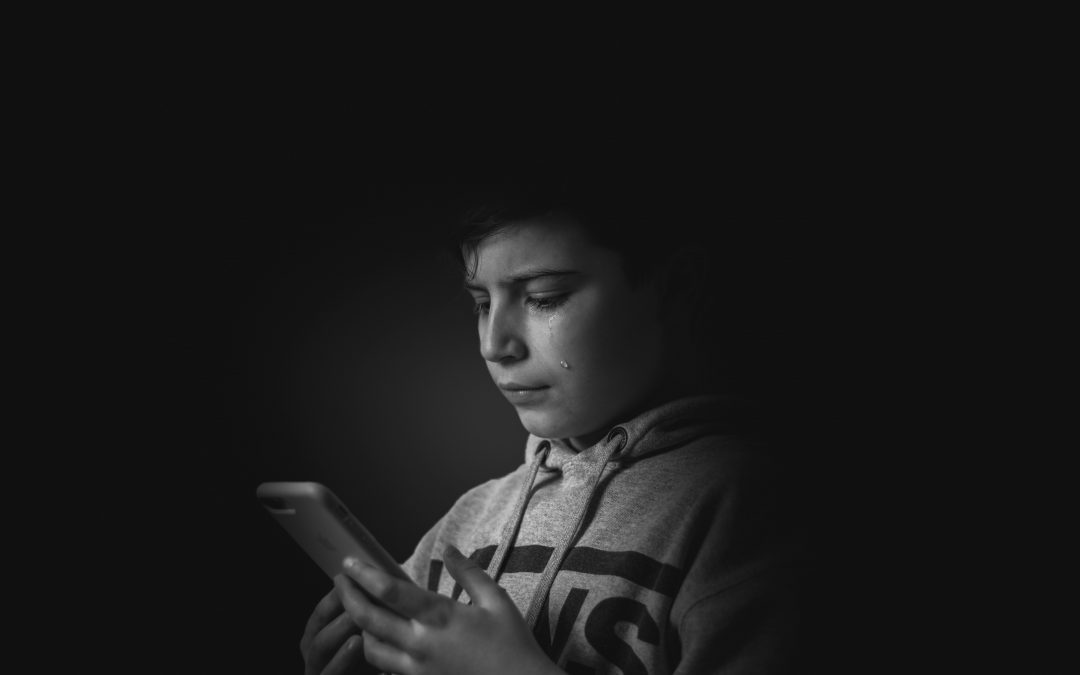
by Emma | Sep 16, 2019 | Administrators, Bullying, Cyberbullying, Digital Citizenship, Education Law, Educational Technology, Learning and the Law, Online etiquette, School Counselors, School Resource Officers, Social Media, Teaching Topics, Technology
In most states, schools are legally required to develop procedures to respond to bullying and cyberbullying. However, the right course of action isn’t always clear. There are many ways to handle a cyberbullying report, but not all of them will result in the best...
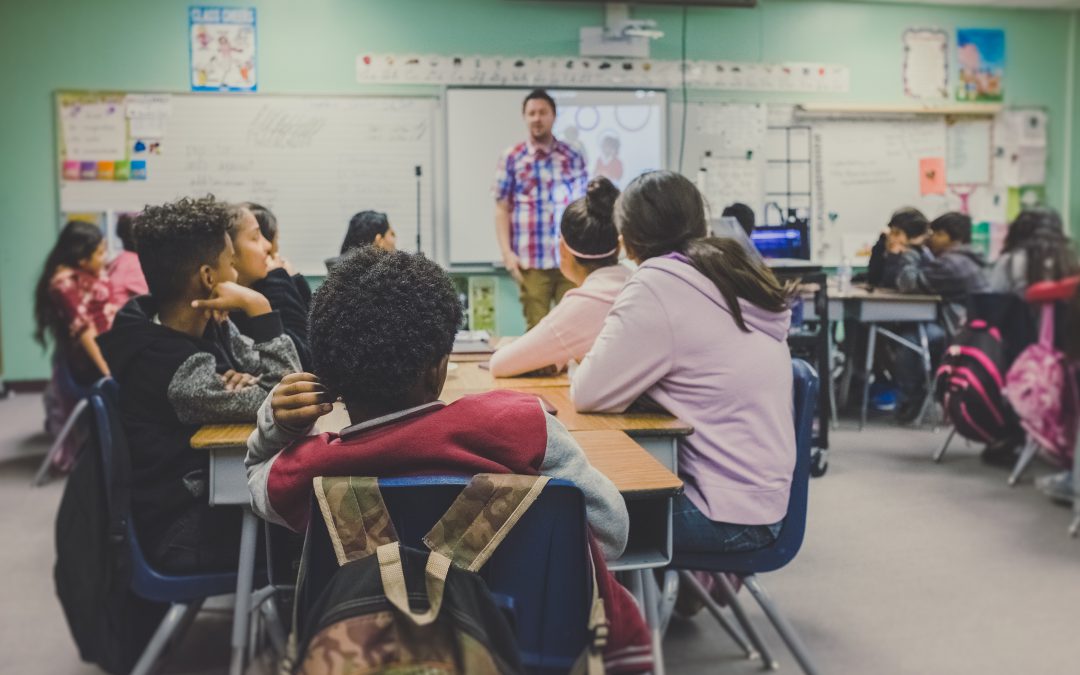
by Emma | Sep 9, 2019 | Administrators, Education Law, Gun Violence, Learning and the Law, School Resource Officers, School Safety, School Violence
Views about guns on school campuses vary widely. Some say they’re necessary to protect students. Some say they’re dangerous. Since there’s no national consensus regarding policies, states are able to decide on their own. If these state laws are not...
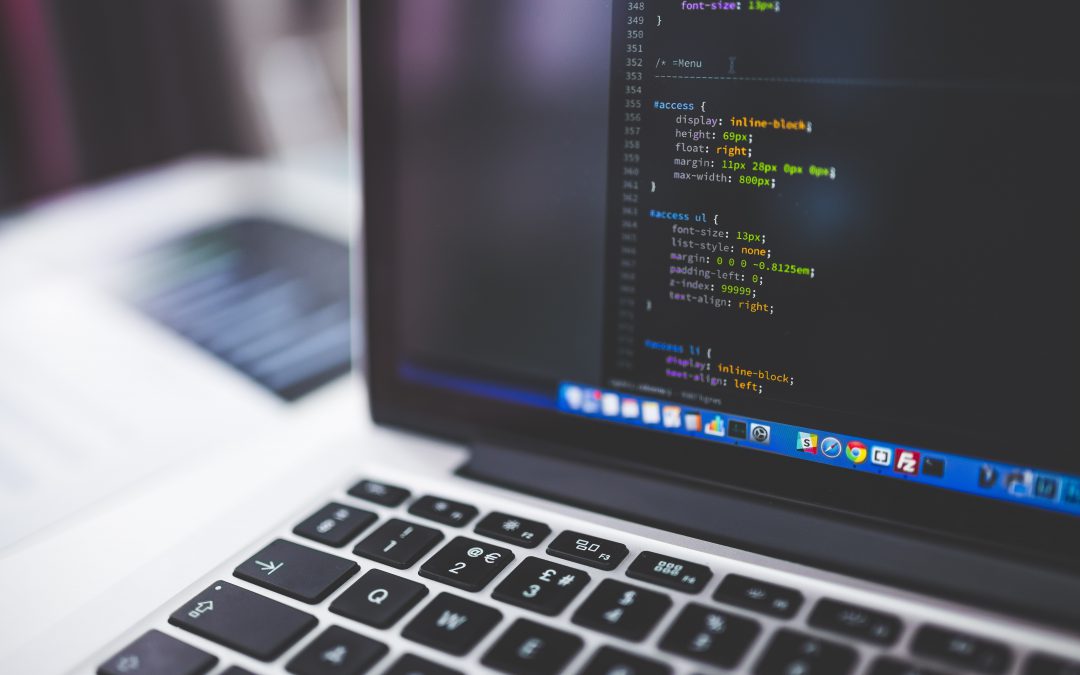
by Emma | Sep 3, 2019 | Digital Literacy, Digital Safety, Online Dangers, Social Media, Teaching Topics, Technology
How serious is a site when it says “please close your browser window” after you log out? Is it really that big of a deal if you keep browsing the internet in that same window? Is closing the tab enough? It turns out, depending on your browser, website, the network...
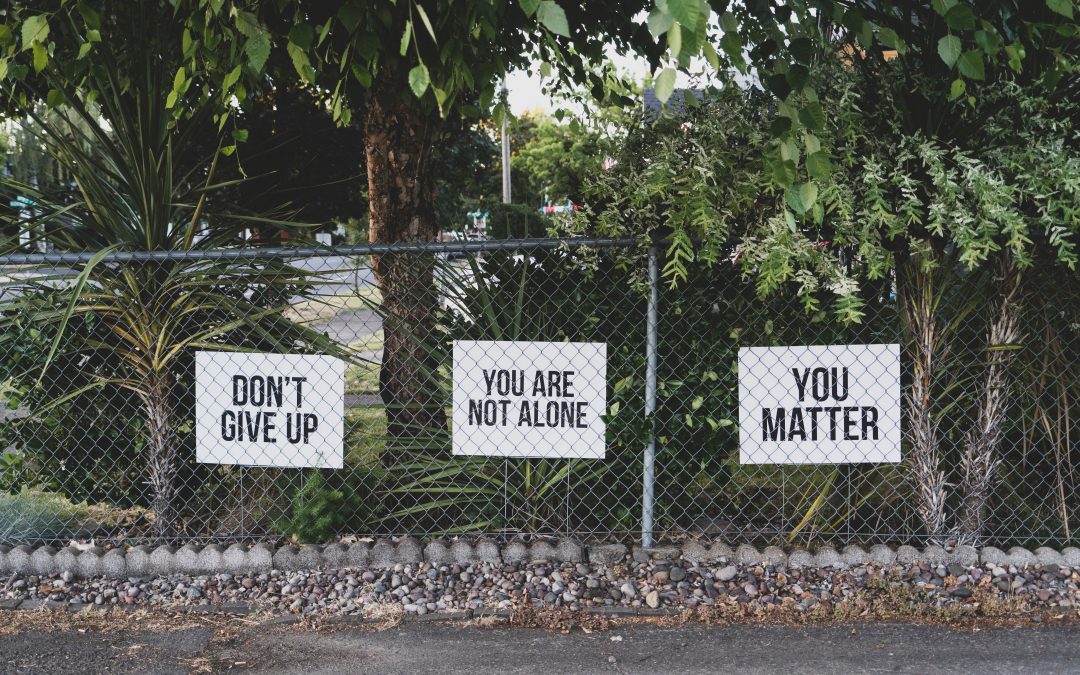
by Emma | Aug 27, 2019 | Administrators, Education Law, Learning and the Law, Mental Health, School Counselors, suicide, Suicide Prevention
Suicide is one of the leading causes of death in the U.S. More than 47,000 individuals died of suicide in 2017, according to the National Institute of Mental Health. Almost 7,000 of those who died of suicide were under 24. Moreover, according to the CDC, suicide rates...
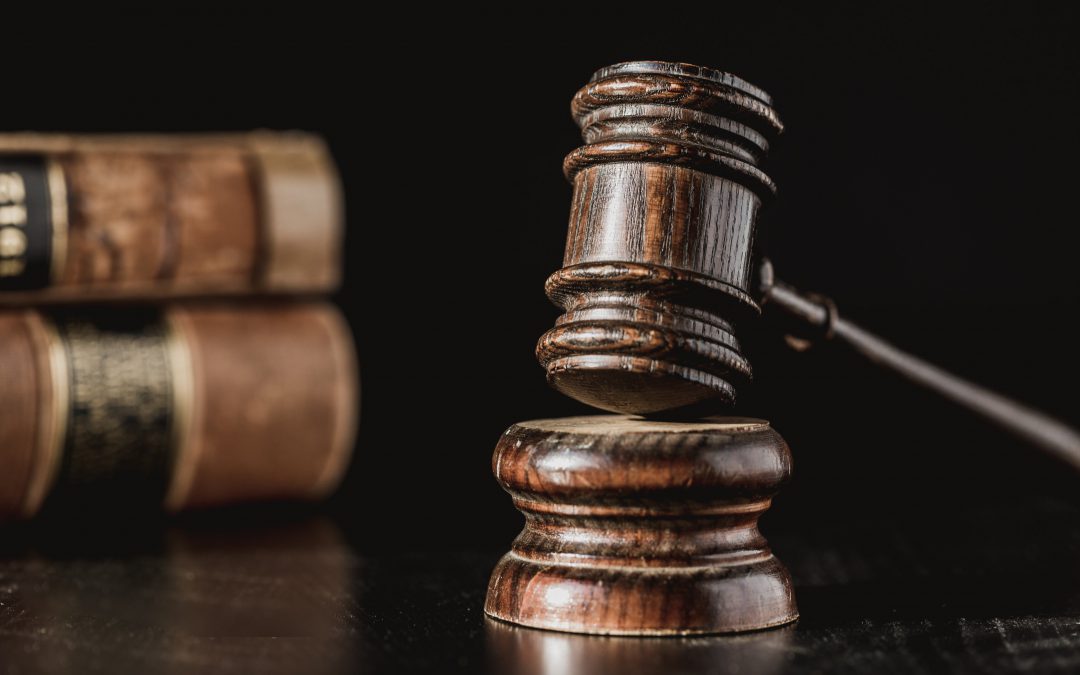
by Emma | Aug 19, 2019 | Administrators, Bullying, Cyberbullying, Digital Citizenship, Education Law, Learning and the Law, Online Dangers, Online etiquette
Schools must follow state and federal education laws. This includes laws about cyberbullying. Administrators may have a general idea of what online bullying is. However, it’s important to know the legal differences between cyberbullying and harassment. Then,...
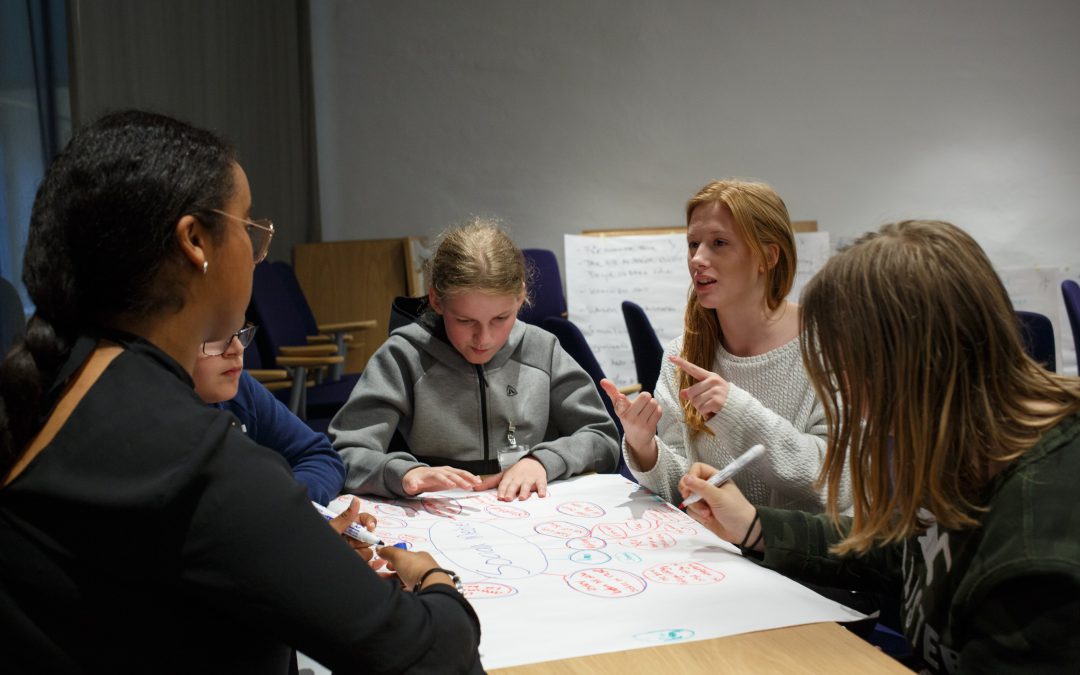
by Emma | Aug 12, 2019 | Administrators, Bullying, Cyberbullying, Digital Citizenship, Educational Technology, Online Dangers, Online etiquette, School Resource Officers, School Safety, Teachers, Teaching Topics
Bullying can take several different forms, and it can sometimes be difficult to spot. It’s important to be open about bullying, especially within a classroom. If students learn what kinds of actions, words and behaviors could be hurtful to their peers, bullying...

by Emma | Aug 5, 2019 | Cyberbullying, Digital Citizenship, Digital Safety, Online Dangers, Online etiquette, Online Learning, Parenting, Parents, Social Learning, Technology
Since kids from ages 0-8 typically spend more than two hours a day online, it may be a good idea to talk to your kids about online behavior and digital citizenship. A digital citizen is someone who uses technology to interact with society. You can make bad and good...
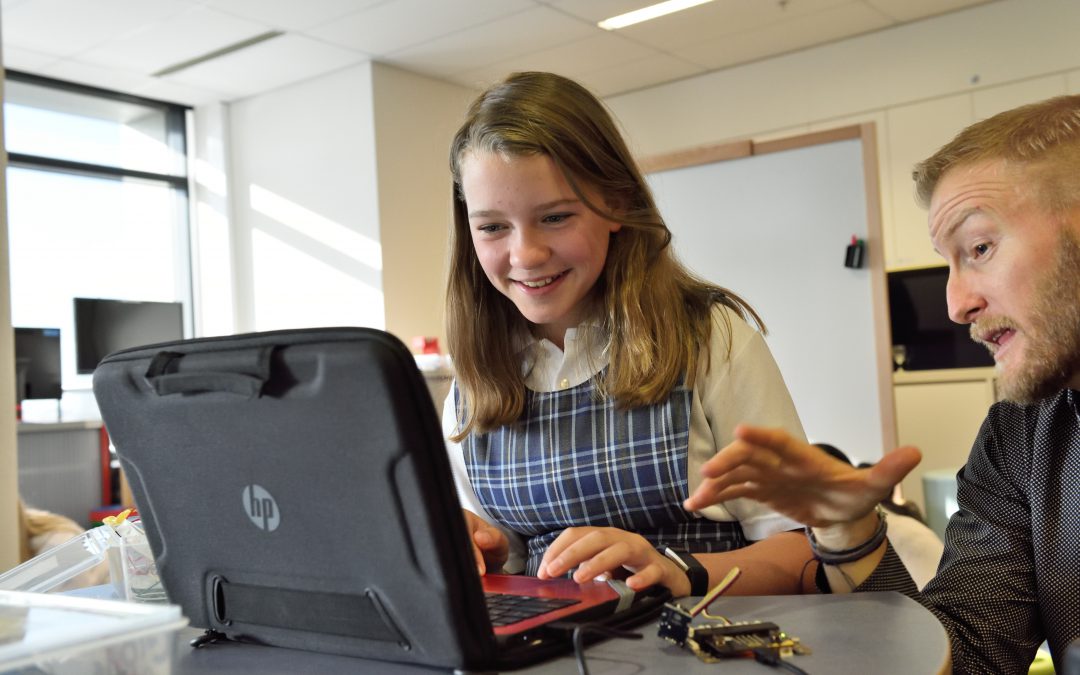
by Emma | Jul 29, 2019 | Administrators, Blog, Bullying, Cyberbullying, Digital Citizenship, Digital Safety, Educational Technology, Online Learning, School Safety, Technology
The common term for a workplace or school’s rules for internet use is an Acceptable Use Policy. You may also hear the term “Responsible Use Policy,” which describes the same thing. Responsible and Acceptable Use Policies help govern what students or...












